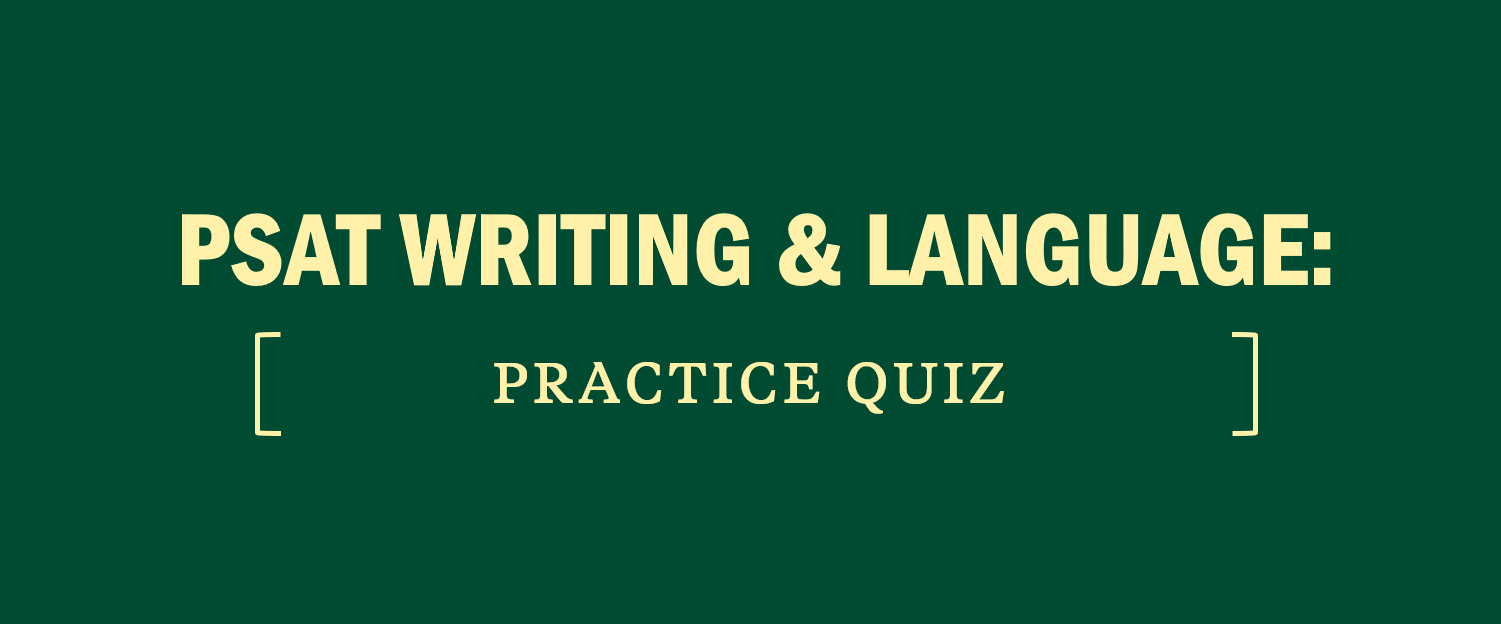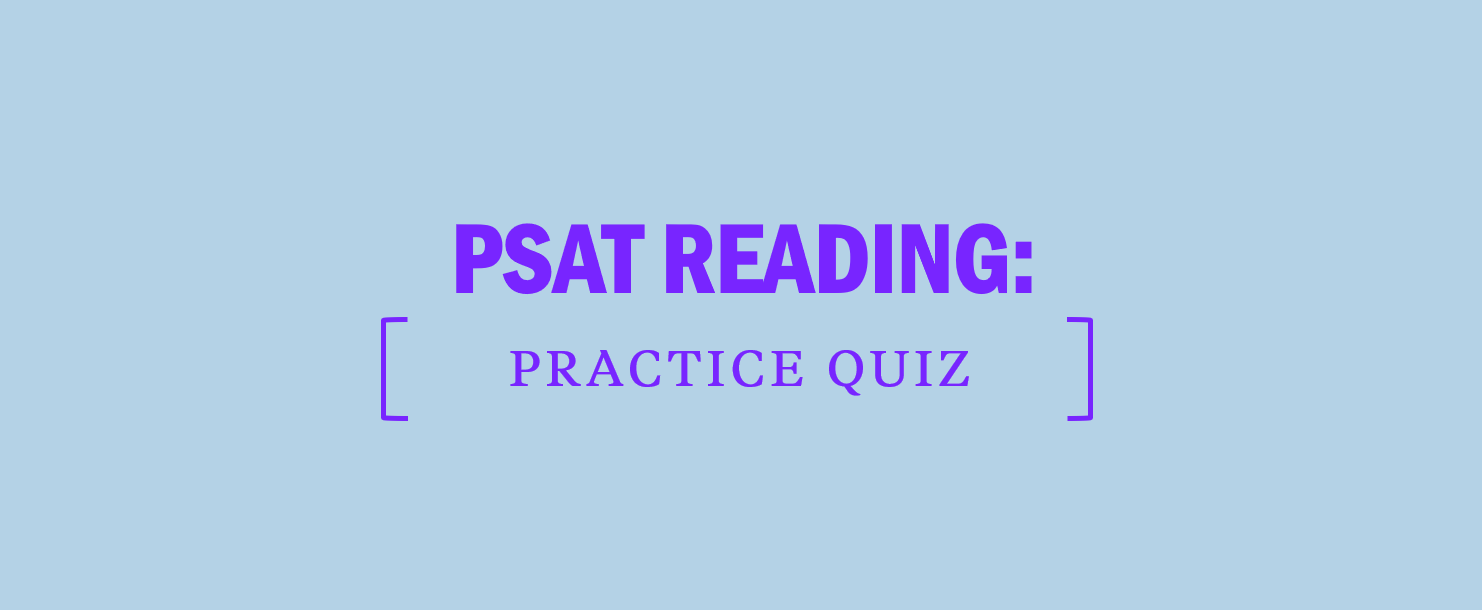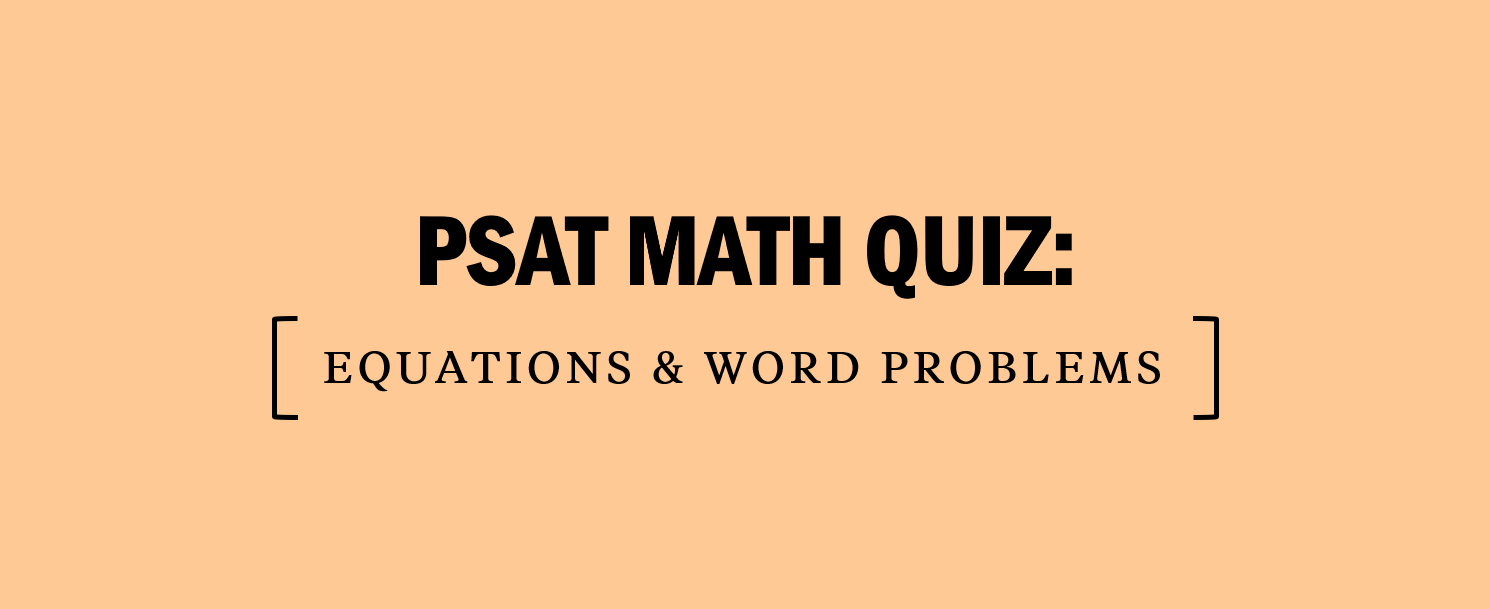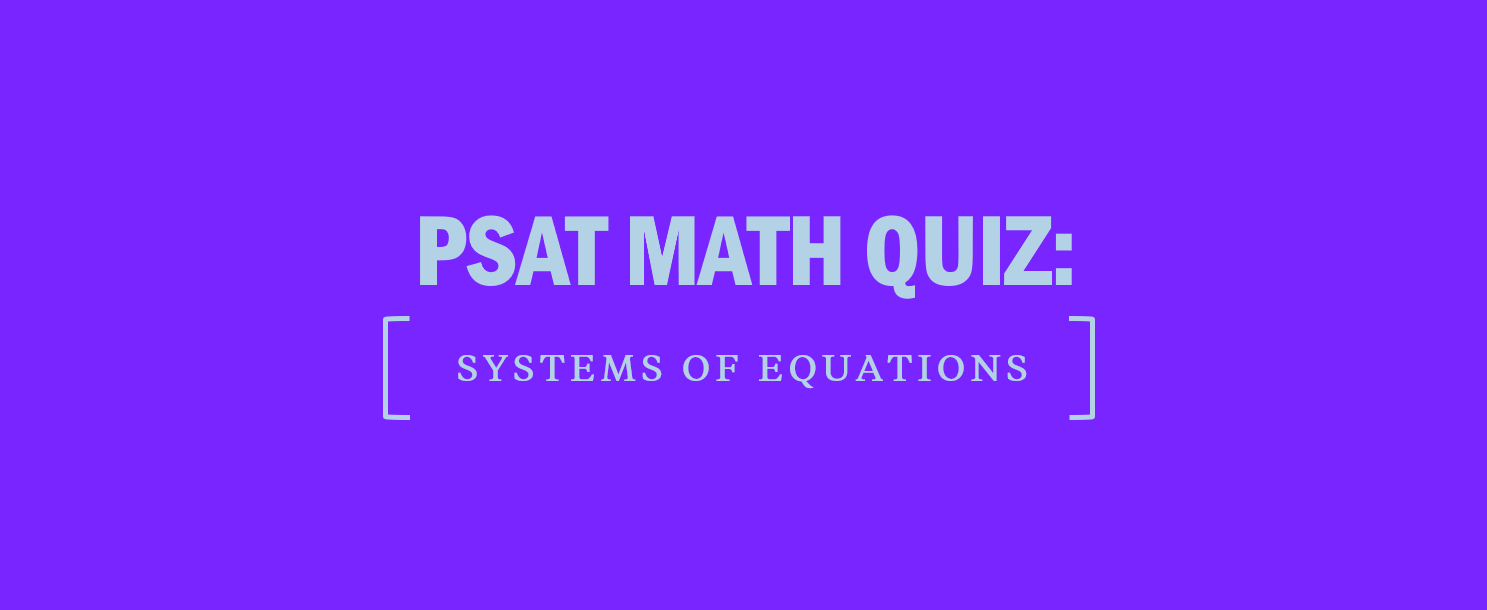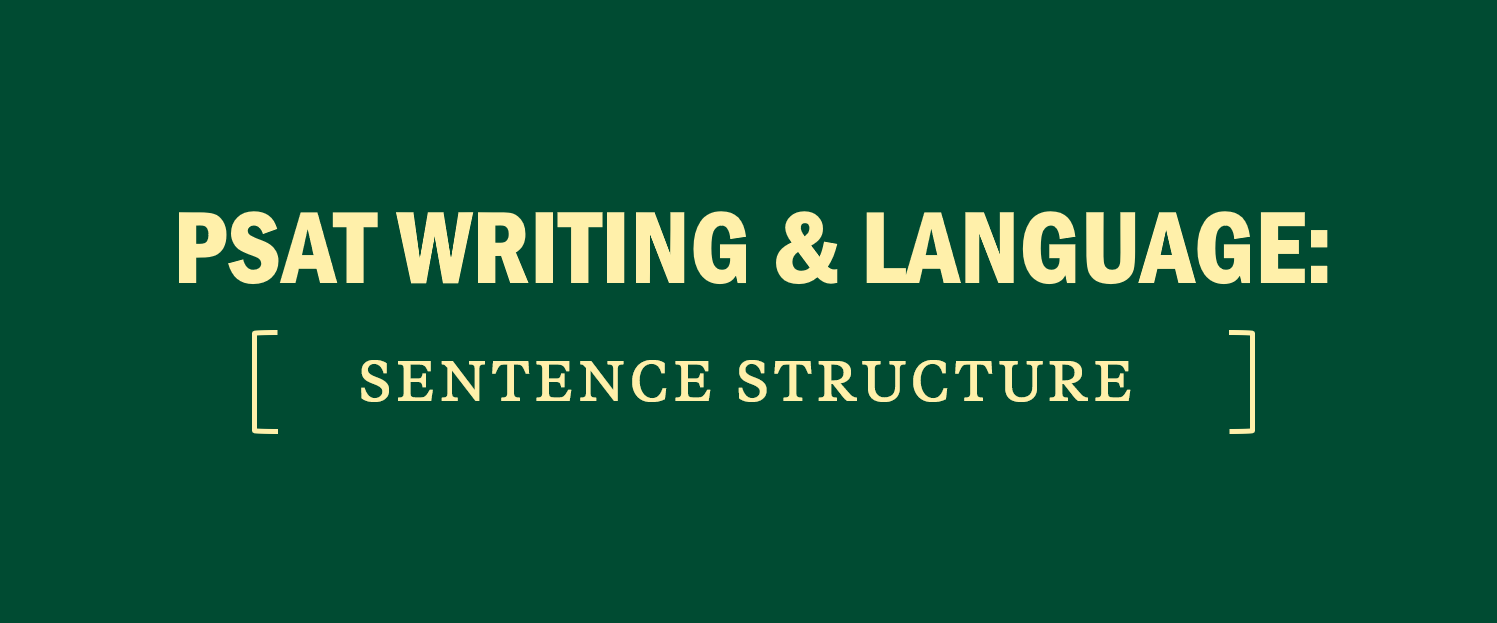PSAT Writing and Language Quiz
Test your PSAT Writing and Language readiness by taking this quiz!
Answer 1
C: Modifying phrases must be placed as close as possible to what they modify. The intended meaning is not that the U.S. Congress was “first introduced by Senator John Sherman of Ohio”; rather, the phrase describes the Sherman Antitrust Act. Only (C) correctly places the modifying phrase adjacent to the Act, so (C) is correct.
Answer 2
B: As written, the sentence uses a semicolon to join the sentence’s parts. The first part of the sentence is an independent clause with subject-verb “He decided.” The second part does not contain a subject or express a complete thought, so eliminate any answer choices that punctuates the sentence as if it contains two independent clauses: (A), a semicolon; (C), a comma and FANBOYS conjunction; and (D), a period that results in two sentences. (B) is correct because the word “and” joins the compound verb “decided … and found”; no extra punctuation is necessary.
Answer 3
D: The underlined comma separates two independent clauses, each expressing a complete thought with a subject and predicate verb (“Scientists estimate” and “sea levels might rise”). Remember that semicolons combine two independent clauses, while commas can join independent clauses only when followed by a FANBOYS conjunction. Choice (D) is correct because it properly joins the independent clauses with a semicolon. The other answer choices are not valid ways to join independent clauses. (A) creates a run-on because it joins independent clauses with only a comma. (B) adds an unnecessary “and” after the semi- colon. (C) omits the necessary comma before “and.”
Answer 4
B: This question is testing two commonly confused words: accept and except. Except denotes an exclusion, while accept can mean to either receive or recognize something. In this context, “art historians” are recognizing the status of an art movement, so eliminate any choice containing “except”: (A) and (C). The -ed form of the word fits in this context, so (B) is correct.
Answer 5
A: Besides matching their antecedent, pronouns must also be in the correct form: subjective, objective, or possessive. The underlined pronoun should be in the objective form since it is the object of the preposition “of.” (A) is correct. (B) and (D) are incorrect because they use pronoun forms that are not appropriate for the context. (C) is incorrect because it is not a grammatically correct pronoun form.

